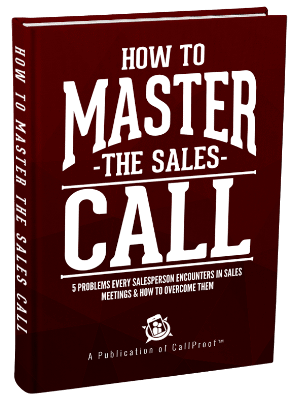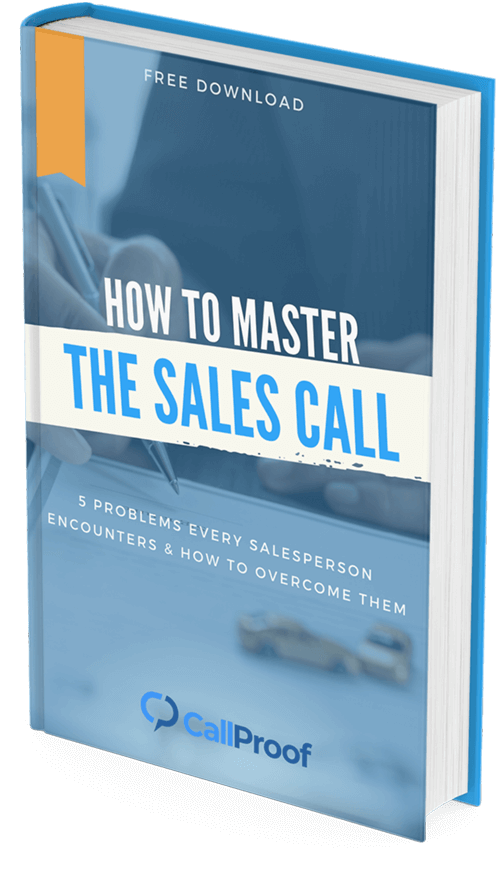
One of the perennial problems sales managers deal with is burnout.
Wouldn’t it be nice to have a clear strategy for preventing burnout—instead of reacting to the problem after the fact?
Employees everywhere are susceptible to burnout. A recent survey of IT professionals revealed that 72 percent of respondents admitted they were stressed. 67 percent were open to switching careers. 42 percent were so stressed about work that they lost sleep.
According to the World Health Organization, American workers suffering from stress cost businesses upwards of $300 billion every year. The Department of Health and Human services reports that stress is the root cause of 70 percent of illness.
For businesses that rely on sales, where stress levels run high, burnout is inevitable. It’s the primary factor that motivates high-performing salespeople to jump ship, too.
As a sales manager, it’s your job to keep salespeople happy and motivated—and to help them avoid burnout.
The Inevitable Outcome of the Sales Job
The nature of a job in the sales industry results in high levels of stress.
In almost no other industry is there a huge pressure, day after day, to close deals and meet sales goals. This continuous pressure is wearing, and no salesperson is immune to burnout as a result of the stress.
Sales managers can help their teams overcome the potential for burnout by knowing how to identify signs of burnout and creating an atmosphere that prevents it.
Prevention
Hands down, preventing burnout is the best way to deal with the problem.
But it’s difficult for a leader to look at a salesperson that’s really turning in the numbers and say, Hmmm. I think she’s nearing burnout. However, it’s often the best salespeople that are most susceptible.
Here a few ideas for preventing burnout in your team:
Segment the Sales Process
As much as possible, segment the sales process so that your employees’ skills match the job at hand.
Don’t put your best closer on cold calls. The skills he has to close the sale are different from the ones he needs to cold call a lead. Instead, identify people on the team with the skillset to prospect, and let your experienced sales people call qualified leads. Further segment the process by separating tasks like lead qualification, inbound leads and so on.
Suggest a Lateral Move
Let’s say your best salesperson’s performance starts to drop. Instead of putting more pressure on her to perform, move her to a new product line or a different niche. A lateral move provides the salesperson with a new challenge to which she can apply her finely honed sales skills.
Identifying Potential Burnout
In addition to preventing burnout, put systems into place to identify salespeople who are nearing burnout or are already there. Here’s what you should look for:
Slumping Sales Stats One of the biggest indicators of a burned-out salesperson is the sales numbers. If you see these start to decline, take notice. Unfortunately, a slump in sales is often one of the last signs you’ll notice. You’ll also want to learn what cues to look for that are early indicators of potential burnout.
Attitude Changes. Salespeople that are stressed out and nearing burnout will lack enthusiasm. They are easily distracted and veer off task, and have a negative attitude about products or customers.
Daily Routines. If you have a system in place to track daily activities—and you should—watching for a pattern or change in routine can help you identify burnout.
Response to the Numbers. A motivated salesperson loves to watch the numbers and closely track success. Send weekly emails that showcase the team’s performance. · Using a trackable link, you can check to see who is and isn’t opening the emails. Keep an eye on people who aren’t even opening the email. Take them aside to gauge their mental status.
Look For “Status Quo” Team Members. Often, salespeople who’ve lost their mojo will do only the status quo to get by. If you look into their daily activities, you’ll notice a pattern of maintaining existing leads and contacts, but little effort is going into reaching out to new leads.



